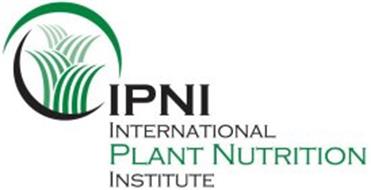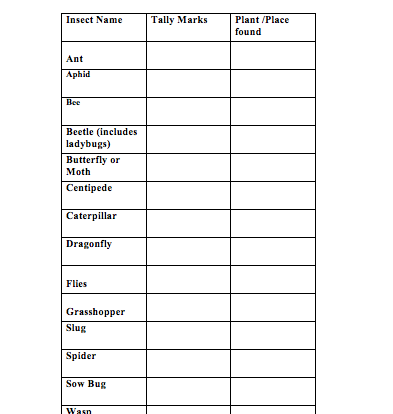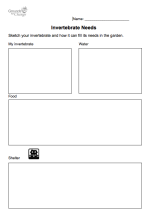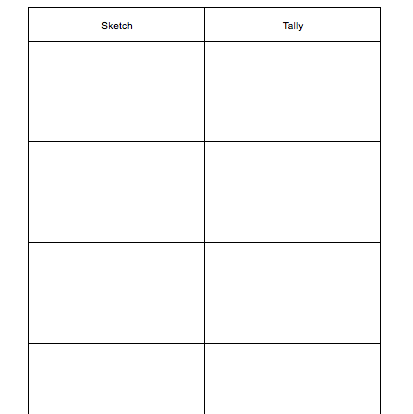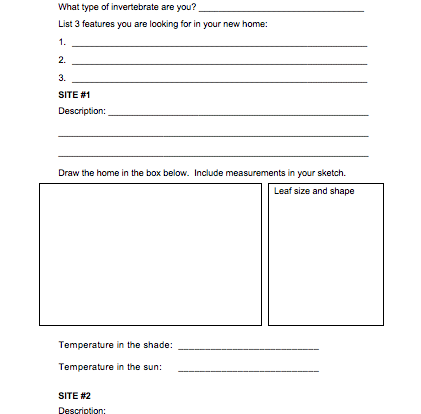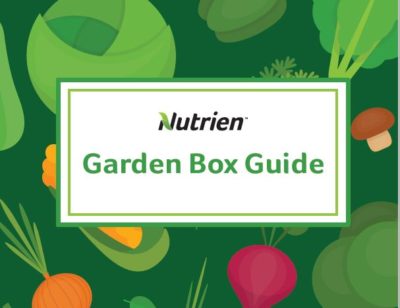-
The International Plant Nutrition Institute (IPNI) is a not-for-profit, science-based organization dedicated to the responsible management of plant nutrition for the benefit of the human family.
To learn more visit: www.ipni.net
-
Discuss invertebrates. Discuss the general environment in which invertebrates live. Students then investigate what invertebrates live in your schoolyard and where. Wrap up: Discuss the list of invertebrates found. What invertebrates were not found? Where might they be found? How do invertebrates contribute to their environment?
-
Discuss common invertebrates including diet and source of shelter (ie:shells). Have students explore the natural area to find an invertebrate, sketch it, and how it can fill its needs in the garden. Wrap up: Take up student answers. Why are invertebrates important to the garden?
-
Discuss schoolyard invertebrates. Predict the most common bug. Discuss counting, tallying and graphing. Students draw, find and tally bugs. Graph the bugs on the back of the sheet. Wrap-up: rare and common invertebrates, seasonal differences, etc.
-
Students pick an invertebrate and provide descriptions on their needs and environment. Wrap up: Discuss student answers and drawings. How does each invertebrate contribute to the environment they live in? (roles?)

